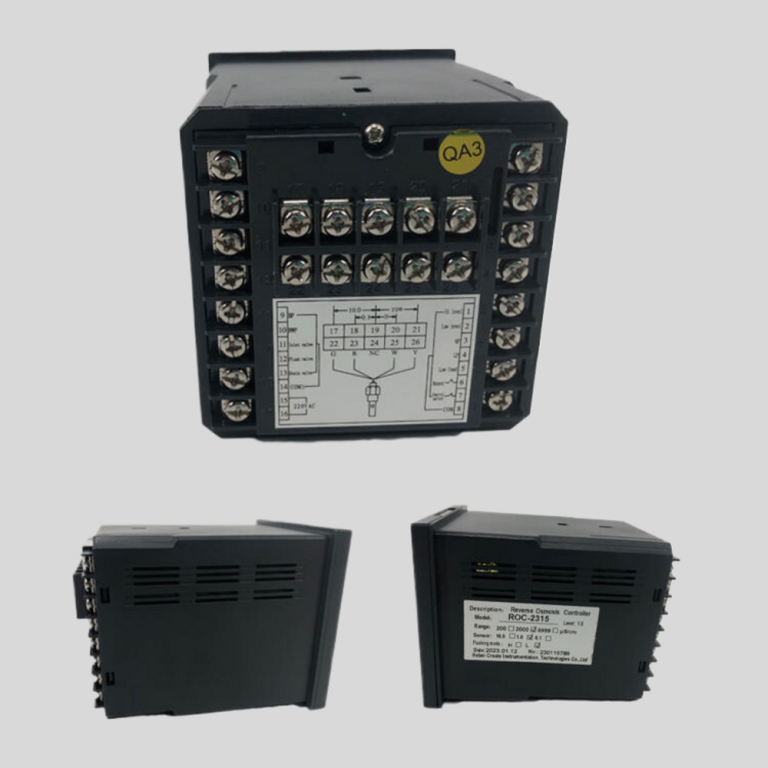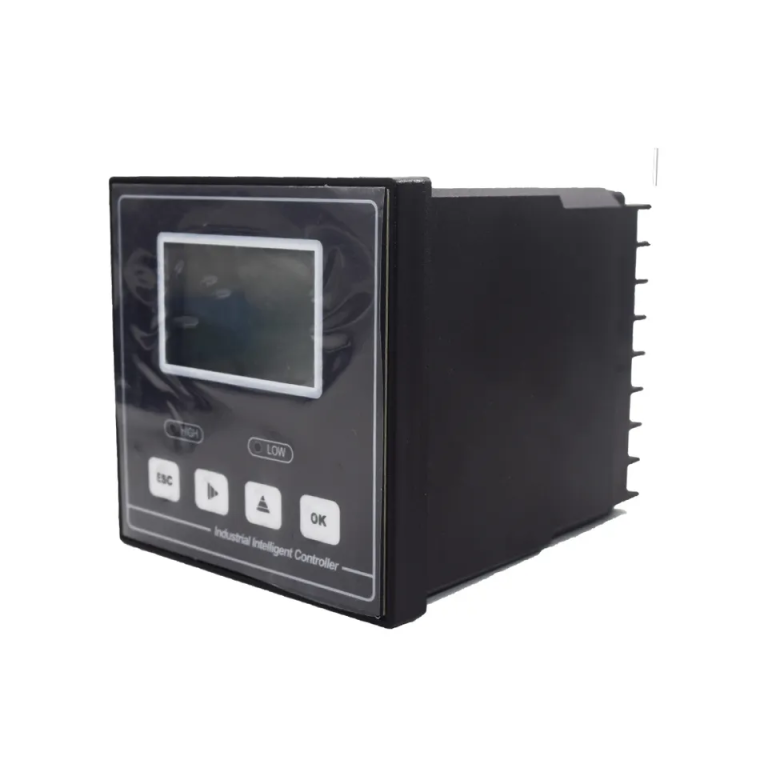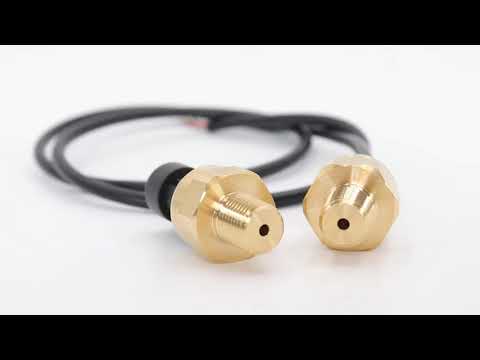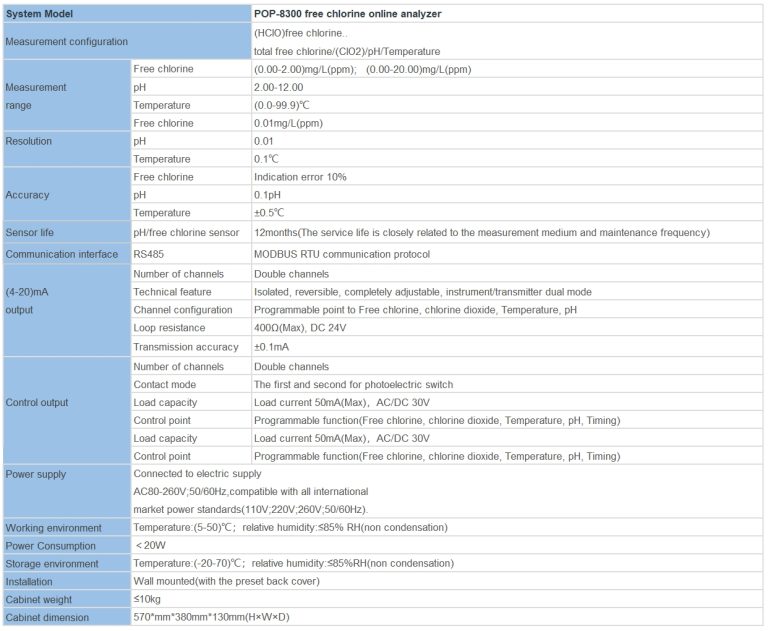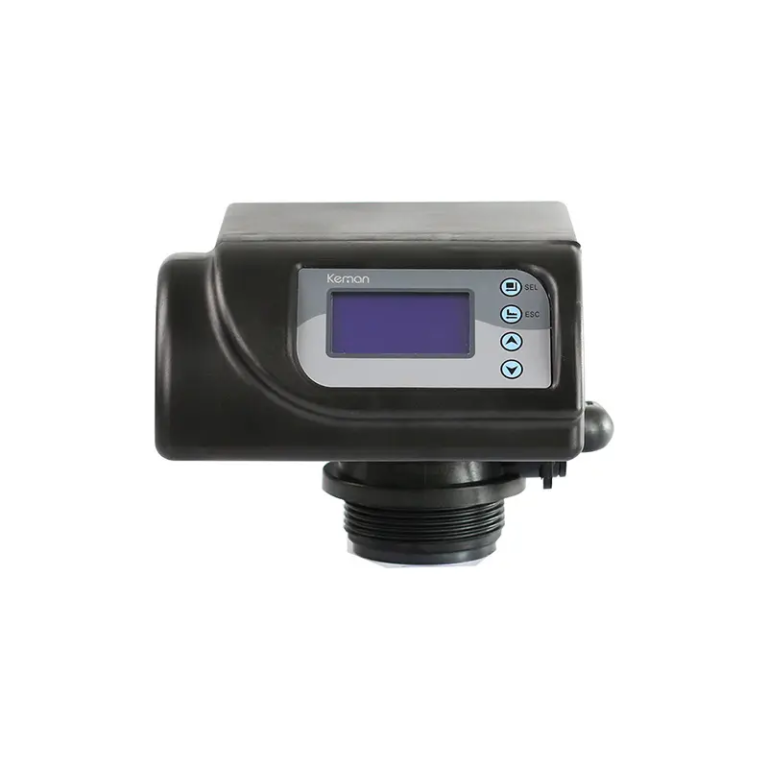Table of Contents
Importancia de calibrar las sondas de conductividad para realizar mediciones precisas
Las sondas de conductividad son herramientas esenciales utilizadas en diversas industrias para medir la conductividad de una solución. Esta medición es crucial para determinar la concentración de iones en una solución, lo que puede tener un impacto significativo en la calidad del producto final. Para garantizar mediciones precisas, es importante calibrar las sondas de conductividad con regularidad.
Calibrar una sonda de conductividad implica ajustar sus lecturas para que coincidan con un estándar conocido. Este proceso es necesario porque, con el tiempo, las sondas pueden descalibrarse debido a factores como cambios de temperatura, acumulación de depósitos en la sonda o desgaste general. Si una sonda no se calibra periódicamente, puede dar lugar a mediciones inexactas, lo que puede tener graves consecuencias en industrias como la farmacéutica, la de alimentos y bebidas y la de tratamiento de agua.
Una de las razones principales por las que es importante calibrar las sondas de conductividad es para garantizar la precisión de las mediciones. Al calibrar la sonda con un estándar conocido, puede estar seguro de que las lecturas que obtiene son confiables y precisas. Esto es crucial para mantener el control de calidad en los procesos de fabricación y garantizar que los productos cumplan con los estándares reglamentarios.
Otra razón por la que la calibración es importante es para garantizar la coherencia en las mediciones. Si una sonda no se calibra periódicamente, puede dar lecturas inconsistentes, lo que puede provocar errores en el proceso de producción. Al calibrar la sonda con regularidad, puede garantizar que sus mediciones sean consistentes y confiables, lo cual es esencial para mantener la calidad de sus productos.
La calibración de las sondas de conductividad también es importante para solucionar problemas. Si tiene problemas con sus mediciones, calibrar la sonda puede ayudarlo a identificar y corregir cualquier problema. Al comparar las lecturas de la sonda con un estándar conocido, puede determinar si la sonda está funcionando correctamente o si es necesario reemplazarla o repararla.
Existen varios métodos para calibrar sondas de conductividad, según el tipo de sonda que esté utilizando. utilizando y la precisión requerida para sus mediciones. Un método común es calibrar la sonda mediante una calibración de dos puntos, donde la sonda se ajusta a dos niveles de conductividad diferentes. Este método es simple y efectivo para la mayoría de las aplicaciones.
Otro método es calibrar la sonda usando una calibración de un solo punto, donde la sonda se ajusta a un nivel de conductividad. Este método es más rápido y sencillo que una calibración de dos puntos, pero puede no ser tan preciso para algunas aplicaciones. Es importante elegir el método de calibración que sea más adecuado para sus necesidades específicas.
En conclusión, calibrar sondas de conductividad es esencial para garantizar mediciones precisas y confiables en diversas industrias. Al calibrar la sonda con regularidad, puede mantener la calidad de sus productos, garantizar la coherencia en las mediciones y solucionar cualquier problema que pueda surgir. Es importante elegir el método de calibración adecuado para sus necesidades específicas y seguir las pautas de calibración del fabricante. Al tomarse el tiempo para calibrar sus sondas de conductividad, puede asegurarse de que sus mediciones sean precisas y confiables, lo cual es esencial para el éxito de su negocio.
Guía paso a paso sobre cómo calibrar una sonda de conductividad
Calibrar una sonda de conductividad es un paso esencial para garantizar mediciones precisas de la conductividad en una solución. Las sondas de conductividad se utilizan comúnmente en diversas industrias, incluidas las de tratamiento de agua, agricultura y laboratorios de investigación. La calibración es necesaria para tener en cuenta cualquier desviación o cambio en la sensibilidad de la sonda a lo largo del tiempo.
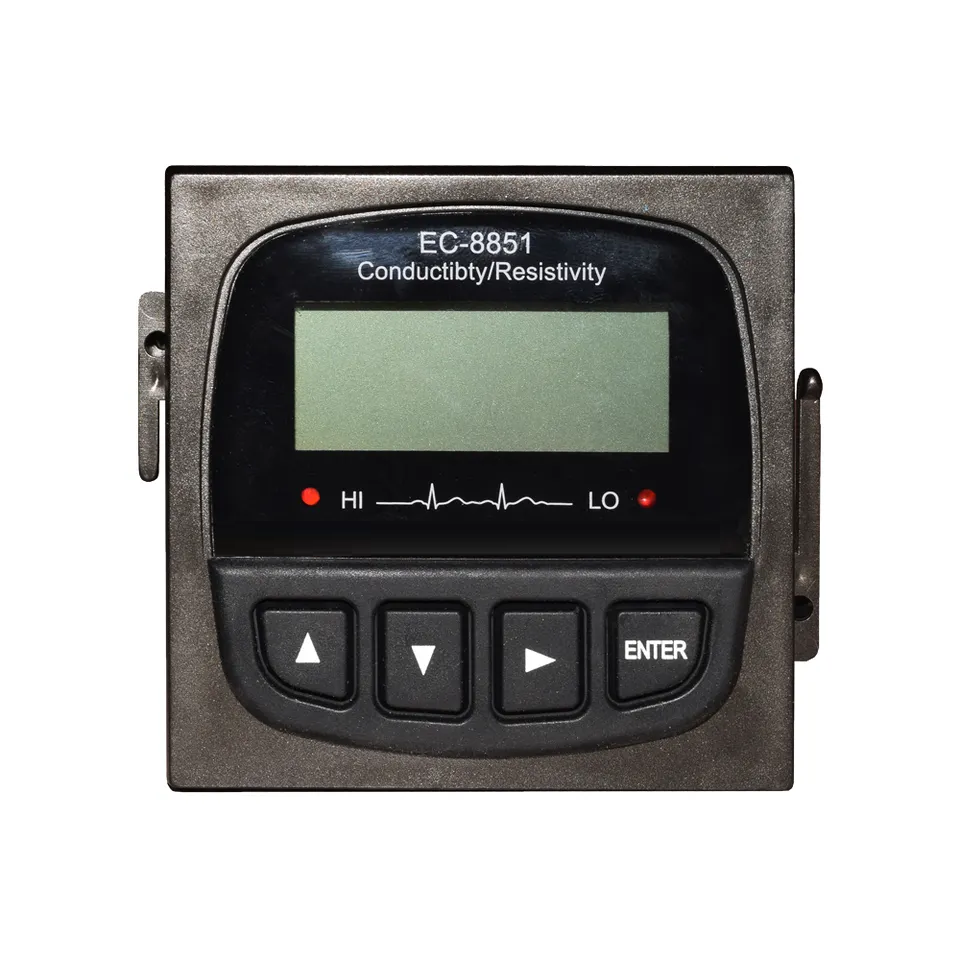
Para calibrar una sonda de conductividad, necesitará una solución de calibración con un valor de conductividad conocido. Esta solución debe estar cerca del rango de conductividad esperado de las muestras que medirá. Se recomienda utilizar al menos dos puntos de calibración para garantizar la precisión.
El primer paso para calibrar una sonda de conductividad es preparar las soluciones de calibración. Asegúrese de seguir las instrucciones del fabricante para preparar las soluciones. Es importante utilizar soluciones de calibración de alta calidad para garantizar resultados de calibración precisos.
| Modelo | Medidor de conductividad inteligente EC-510 |
| Rango | 0-200/2000/4000/10000uS/cm |
| 0-18,25 millonesΩ | |
| Precisión | 1,5 por ciento (FS) |
| Temperatura. Comp. | Compensación automática de temperatura |
| Oper. Temp. | Normal 0~50℃; Alta temperatura 0~120℃ |
| Sensor | C=0,01/0,02/0,1/1,0/10,0 cm-1 |
| Pantalla | Pantalla LCD |
| Comunicación | Salida 4-20 mA/2-10 V/1-5 V/RS485 |
| Salida | Control de relé dual de límite alto/bajo |
| Poder | CA 220 V±10 por ciento 50/60 Hz o CA 110 V±10 por ciento 50/60 Hz o CC 24 V/0,5 A |
| Entorno de trabajo | Temperatura ambiente:0~50℃ |
| Humedad relativa≤85 por ciento | |
| Dimensiones | 48×96×100mm(H×W×L) |
| Tamaño del agujero | 45×92mm(Alto×An) |
| Modo de instalación | Incrustado |
Una vez preparadas las soluciones de calibración, es hora de calibrar la sonda. Comience enjuagando la sonda con agua desionizada para eliminar cualquier residuo o contaminante. Luego, sumerja la sonda en la primera solución de calibración y permita que se estabilice. La sonda debe estar completamente sumergida en la solución y las lecturas deben estabilizarse antes de registrar el valor de conductividad.
Después de registrar el primer punto de calibración, enjuague la sonda con agua desionizada nuevamente y sumérjala en la segunda solución de calibración. Deje que la sonda se estabilice en la segunda solución antes de registrar el valor de conductividad. Es importante asegurarse de que la sonda esté completamente sumergida y que las lecturas sean estables antes de registrar el valor.
Una vez que se hayan registrado ambos puntos de calibración, compare los valores medidos con los valores de conductividad conocidos de las soluciones de calibración. Si hay una diferencia significativa entre los valores medidos y conocidos, pueden ser necesarios ajustes. Algunas sondas de conductividad tienen una función de calibración incorporada que permite realizar ajustes directamente en la sonda.
Si se necesitan ajustes, siga las instrucciones del fabricante para calibrar la sonda. Esto puede implicar ajustar la sensibilidad o compensación de la sonda para que coincida con los valores de conductividad conocidos de las soluciones de calibración. Es importante realizar pequeños ajustes y volver a verificar los puntos de calibración para garantizar la precisión.
Después de realizar los ajustes necesarios, repita el proceso de calibración para verificar la precisión de la sonda. Se recomienda calibrar la sonda periódicamente, especialmente si se utiliza con frecuencia o en condiciones adversas. La calibración regular garantiza que la sonda siga proporcionando mediciones precisas y confiables.
En conclusión, calibrar una sonda de conductividad es un paso crucial para garantizar mediciones precisas de la conductividad en una solución. Si sigue un proceso de calibración paso a paso utilizando soluciones de calibración de alta calidad, podrá mantener la precisión y confiabilidad de su sonda de conductividad. La calibración y el mantenimiento regulares de la sonda ayudarán a garantizar mediciones consistentes y precisas en diversas aplicaciones.

